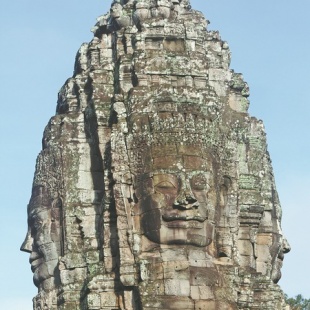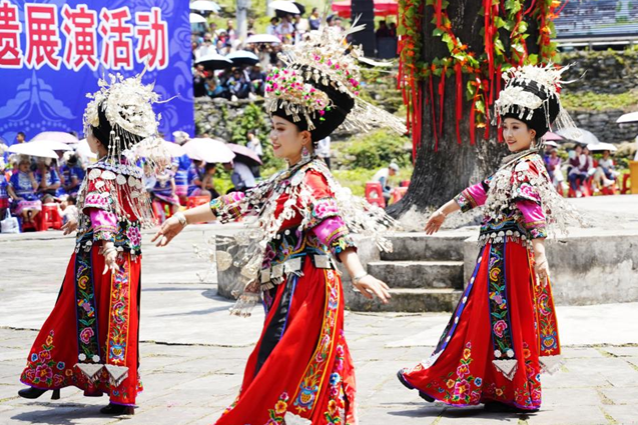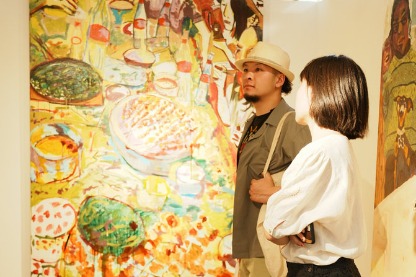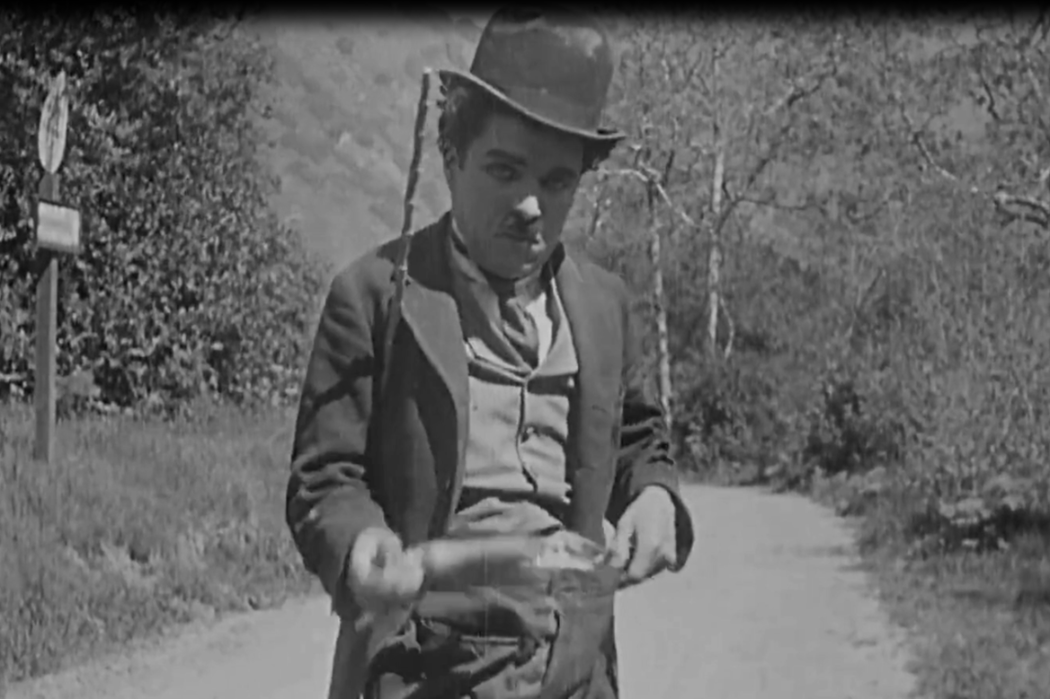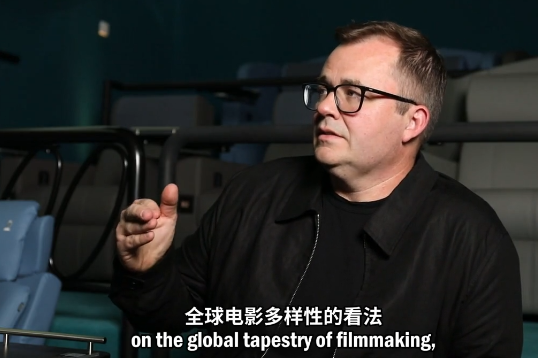Scientists brainstorm heritage biothreats


Climate concern
Ten years have passed since the Dunhuang Academy hosted the first edition of this symposium. This year's event, joined by more than 100 researchers and conservation practitioners from China, Italy, France, Spain and Japan, also serves as part of the academy's celebration of the 80th anniversary of its founding.
Gu is among the microbiologists who attended both editions of the symposium held at the academy, which oversees the Mogao Caves, a UNESCO World Heritage Site, and several other relics sites in Gansu, such as the Maijishan Grottoes in Tianshui and the Beishiku Temple (North Grotto Temple) in Qingyang.
He got in touch with cultural relics preservation practitioners on the Chinese mainland shortly after returning from the US to teach in Hong Kong in 1999, and cooperated several years later with the Dunhuang Academy and Lanzhou University.
Both are among the earliest organizations in China to study microorganisms' influence on cultural relics, according to Wu Fasi, deputy director of the academy's Conservation Institute.
In 2007, when he was a graduate student at the university, Wu joined a project to study whether increasing visitors to the Mogao Caves would bring changes to the concentration, quantity and variety of airborne microorganisms inside and outside the grottoes.
That study provides scientific proof for optimizing cave tourism and defining tourist capacity, and ever since, the academy and the university have been continuously conducting research programs and training professionals together in this regard.
Even though not many research teams in China were studying the microbiological influence on cultural relics 10 years ago, the academy and the university, together with the International Biodeterioration and Biodegradation Society, managed to initiate the first ever symposium in China specifically focused on biodeterioration of cultural relics and the corresponding preservation measures.
That event also saw participants from the Chongqing China Three Gorges Museum, the Shanghai Museum, Guangdong Museum, as well as the Cold and Arid Regions Environmental and Engineering Research Institute attached to the Chinese Academy of Sciences.
This year's symposium covered a large variety of topics and fully demonstrated the progress achieved over the past 10 years.
Climate change has brought challenges for cultural heritage preservation as cave temples, earthen relics and some ancient architecture in the open are more sensitive to the impact of the global phenomenon. Higher temperatures, extreme storms and prolonged high humidity can exacerbate or trigger biodeterioration on the relics, Wu says.
Located amid verdant forests and immersed in a warm and rainy environment, the Maijishan Grottoes, built in the 5th century and one of China's most well-known cave temples, are suffering from periodic microbial outbreaks on the murals and clay sculptures due to increasing rainfall in recent years.
In July 2018, staff members spotted some white mycelia on murals. Researchers from the Dunhuang Academy, Lanzhou University and the Guangdong Technion-Israel Institute of Technology confirmed that these were mainly the mass of interwoven filaments of fungi and actinomyces — filamentous or rod-shaped bacteria.
They then managed to compare, experiment and establish a technical process, combined by applying biocides and tools like soft brushes and modified vacuum pumps, to clean and control microbial mycelia on the murals.
Moreover, various animals from the Sciuridae family, such as Chinese rock squirrels and complex-toothed flying squirrels, like to scramble in and around the Maijishan Grottoes, nesting and excreting there.
Their brownish black excreta — solid and liquid — were widely distributed in the grottoes, on the cliffs and the trestle paths, as well as in the beam holes.
He Dongpeng, research associate at the Dunhuang Academy, says that based on experiments, they used bio-enzyme reagents such as artificial saliva to clean the contaminated areas, while setting up metal spikes and spraying capsaicin, a chili pepper extract, to deter animals.
Feng Youzhi, professor at the Nanjing Forestry University in Jiangsu province, introduced how his team, in collaboration with the Dunhuang Academy, investigated the Dahuting Tombs of the late Eastern Han Dynasty (25-220) in Zhengzhou, Central China's Henan province, where symbiotic relationships between species have led to microbial outbreak in the subterranean relics.


